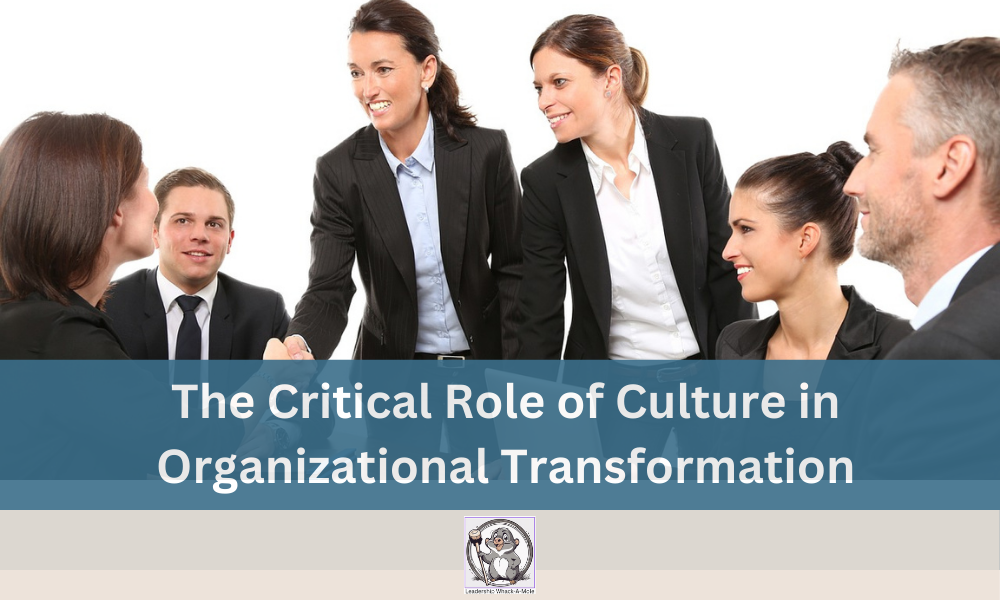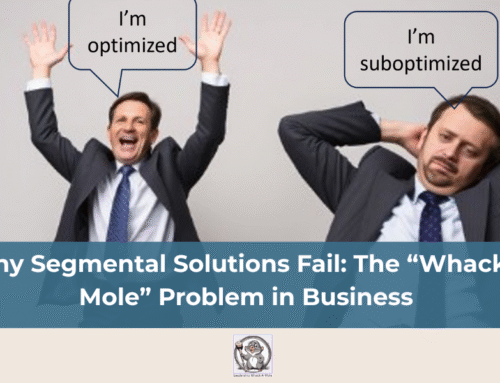
By Jeff Fierstein
Transforming organizational culture is one of the most complex challenges a company faces. Culture is shaped by a variety of factors, including leadership, values, beliefs, and behaviors, which are particularly influenced by the founders in the early stages of a company. In the startup phase, a culture is often informal, entrepreneurial, and sales oriented. As the business grows, however, it must evolve into a more adaptive, professional culture to continue expanding successfully.
Employees accustomed to the original culture may struggle with the shift to a more formal structure, and some may leave. Even the founder may face challenges adapting from entrepreneur to professional manager. Leaders must understand that culture will need to evolve to align with changes in strategy and the external environment. Companies that fail to adapt their culture to changing conditions risk decline and failure.
Culture change does not always mean overhauling every aspect of the organization. Leaders should assess the existing culture to determine which elements align with the new direction. Effective culture change involves aligning the current cultural strengths with the new strategy, communicating openly with employees, and ensuring buy-in from managers and staff. Change is often met with resistance, so leaders must address concerns and carefully manage the process.
Edgar Schein’s model of organizational culture emphasizes three levels: artifacts (visible elements like dress codes and office layout), espoused values (the reasons behind behaviors), and underlying assumptions (the unconscious beliefs shaping actions). By understanding these assumptions, leaders can identify and shift key aspects to facilitate cultural change.
Effective culture change supports both employee engagement and business results. However, superficial changes, like social events, do not address the deeper issues. A comprehensive plan is necessary, especially in industries facing constant change. When aligned with business strategy, an adaptive culture can provide a competitive advantage.
Culture is integral to various business functions, including employee selection, organizational design, and decision-making. Companies seeking to implement customer-centric or innovative strategies must hire and develop employees whose behaviors and beliefs align with the desired culture. The shift toward remote and hybrid work also presents challenges for maintaining culture, especially when employees or contractors are disconnected from the core team.
A strong, constructive organizational culture positively impacts employee retention, fostering a sense of purpose, respect, and development. Companies with toxic cultures experience higher turnover. Leaders must actively model desired behaviors and ensure that employees see a clear alignment between their personal values and the organization’s culture.
Ultimately, organizational culture cannot be left solely to HR or Organization Development teams. Culture change requires commitment from top leadership, who must demonstrate and embody the vision and values. Culture is crucial for organizational health and performance, particularly in dynamic and competitive environments. Companies must foster a culture that supports adaptability and change to thrive in the face of evolving challenges.
Adapted from: Leadership Whack-A-Mole: Actionable Strategies for Leadership Challenges by Ric Shriver and Jeff Fierstein (c) 2024. See more about the book and authors by perusing this website or buy it on Amazon by clicking on the banner below.
Have experience or thoughts about this topic? Leave a comment below and let’s start a conversation.




